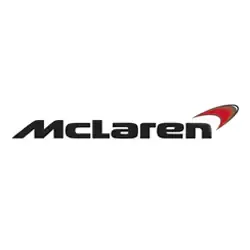McLaren 675LT Tire Pressure
Most common recommended tire pressure for McLaren 675LT can range from 29 psi to 32 psi depending on year of production, trim and OEM tire size, but it maybe different for older models. It is imperative to confirm the exact tire inflation for your McLaren 675LT to ensure safety on the road. Always refer to your vehicle owner's manual for the correct tire pressure designated by vehicle's manufacturer.
Select your McLaren 675LT production year to see its recommended tire inflation.
| Model Year | Front Tires | Rear Tires |
|---|---|---|
| 2016 McLaren 675LT | 29 psi | 32 psi |
Recommended Tire Pressure for McLaren 675LT
Maintaining the recommended tire pressure for the McLaren 675LT is imperative for several reasons, central to which is the precision engineering and performance ethos of the vehicle itself. The 675LT, a masterpiece of automotive design, is finely tuned for exhilarating speed and nimble handling, both of which are profoundly influenced by tire pressure. Correct tire pressure ensures optimal contact between the tire and road surface, enhancing grip, and thereby, the car's handling characteristics and stability at high speeds. This balance is crucial for extracting the maximum performance the 675LT is capable of, especially in terms of acceleration, braking, and cornering. Furthermore, proper tire inflation plays a significant role in optimizing fuel economy and extending tire life - under-inflated tires can lead to increased rolling resistance, which not only reduces efficiency but also accelerates tire wear, while over-inflation can reduce the tire's contact area with the road, affecting grip and wearing the tire unevenly. Thus, adhering to the manufacturer's recommended tire pressure is key to maintaining the vehicle's exceptional performance capabilities, ensuring safety, and minimizing operating costs over time.

All listed guides, data and/or calculations are for informational purposes only. TirePressure.com does not warrant or make any representations regarding the accuracy of or the results of the use of this information. Always refer to vehicle owner's manual for the correct tire pressure configuration.